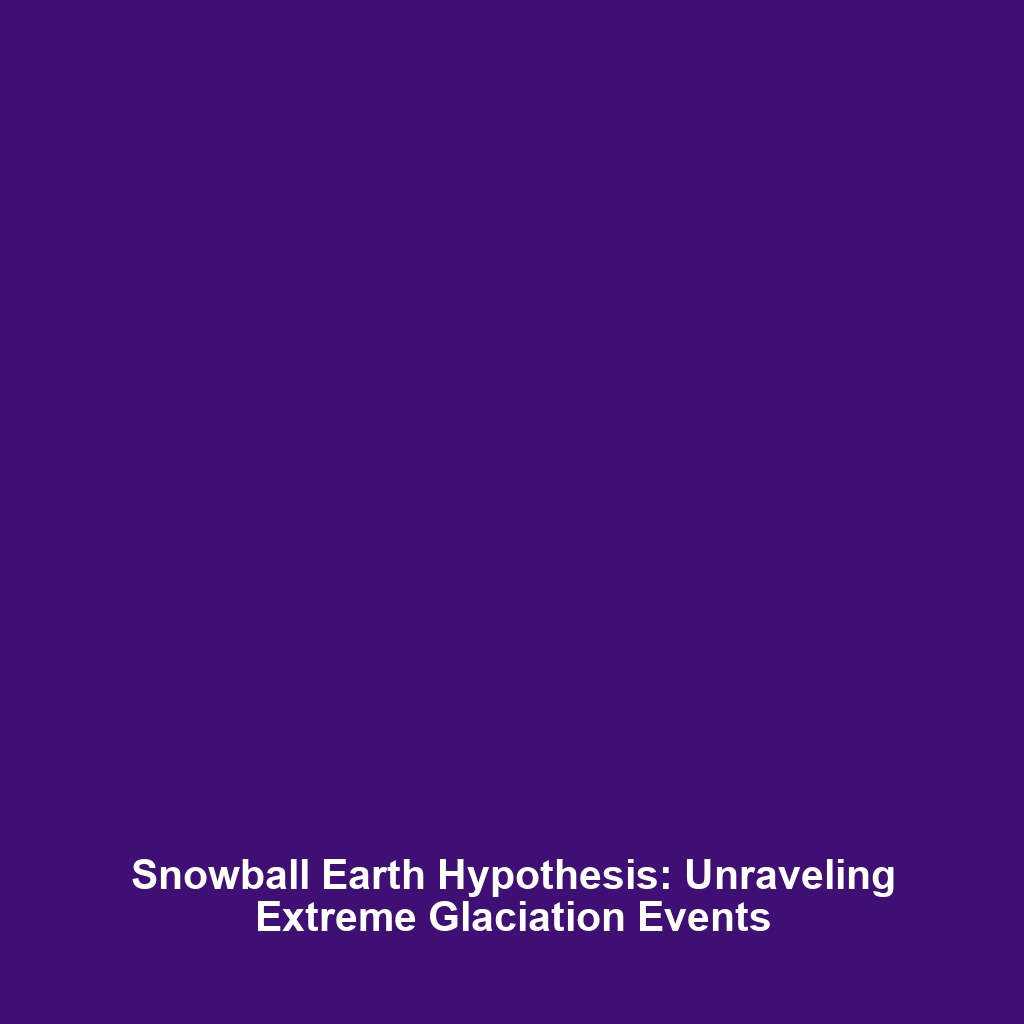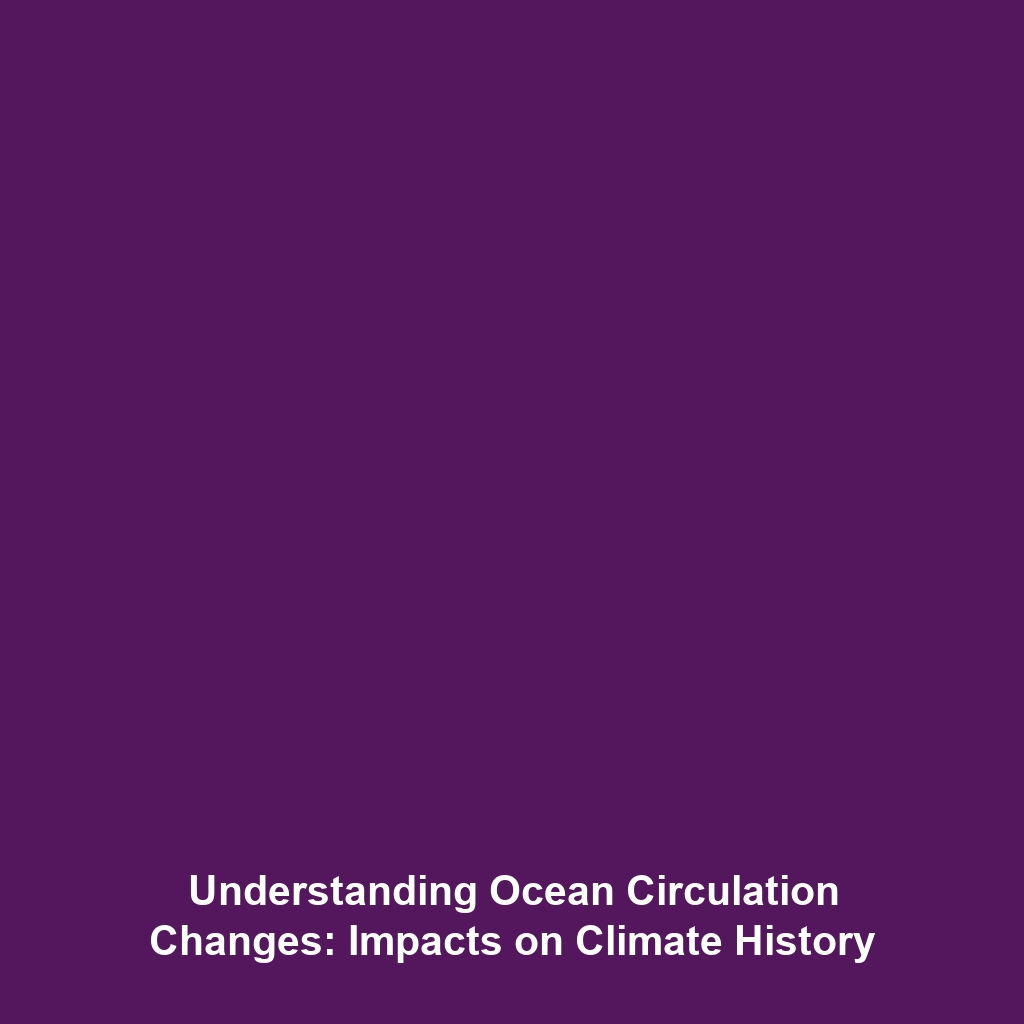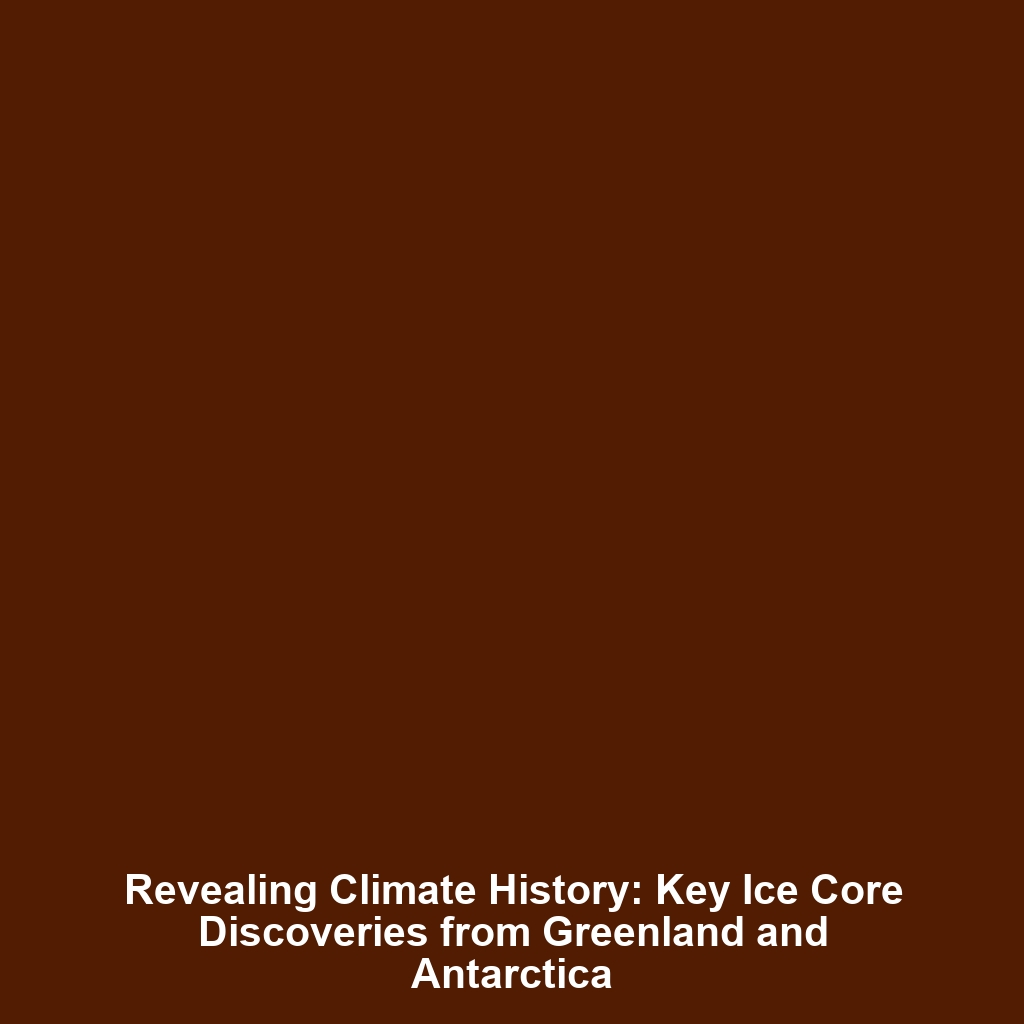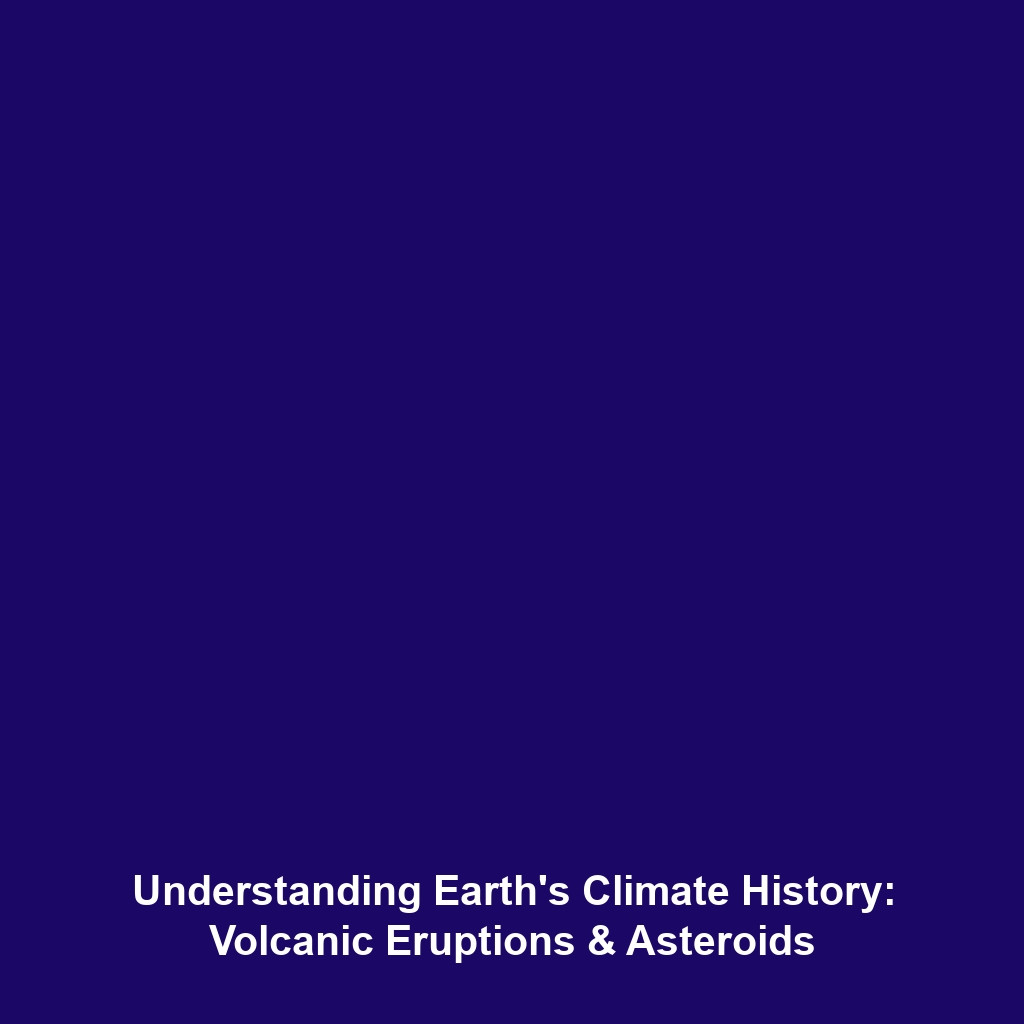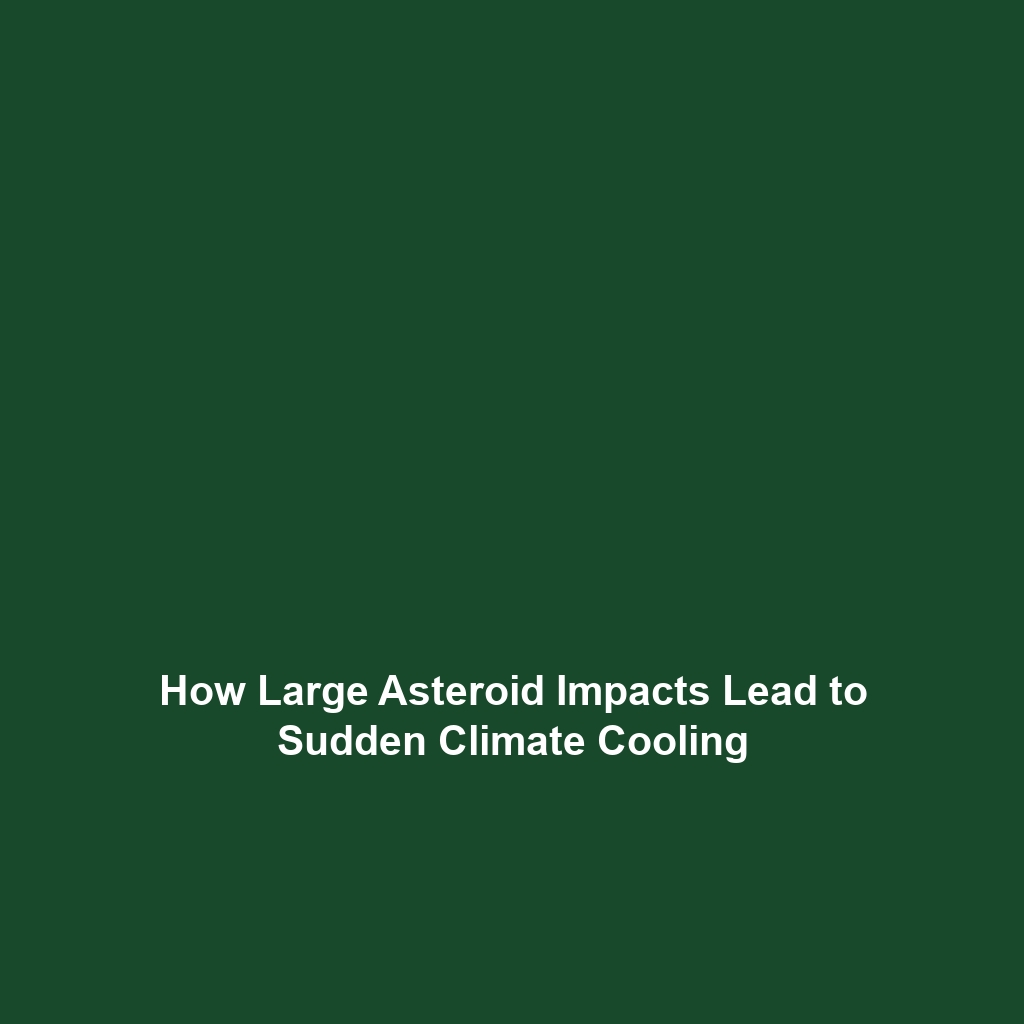Cryonics: The Future of Life Extension
Cryonics is a pioneering process that involves preserving individuals at very low temperatures after death, driven by the hope that advanced medical technologies in the future will facilitate revival and treatment of previously incurable diseases. This process aligns with the larger field of Cryonics & Life Extension, addressing fundamental questions about mortality and the potential for extending human life through technology.
Key Concepts of Cryonics
Cryonics operates on several key principles that define its approach and underline its significance within Cryonics & Life Extension.
- Preservation Techniques: The process involves cooling the body (or brain) to temperatures below -130°C using liquid nitrogen, significantly slowing metabolic processes.
- Vitrification: A crucial technique that prevents ice formation within cells, mitigating damage during the freezing process.
- Medical Potential: The long-term aim is to utilize future medical advancements to repair cellular damage and reverse aging once revival is possible.
Applications and Real-World Uses
The applications of “cryonics” span various fields, particularly within Cryonics & Life Extension. Here are some practical uses:
- Preservation after Legal Death: Cryonics facilities offer preservation services for individuals who have opted for this procedure post-mortem.
- Research Initiatives: Laboratories study cryoprotectants and methods to enhance the efficacy of preservation.
- Public Awareness and Ethics: Initiatives to discuss ethical implications draw attention to the philosophical aspects of life extension.
Current Challenges in Cryonics
Despite its intriguing potential, cryonics faces several challenges and limitations:
- Scientific Validation: Currently, there is no empirical evidence that revival is possible; many argue that it remains speculative.
- Legal Challenges: The definition of death varies among jurisdictions, complicating the process of cryopreservation.
- Cost Factors: The financial implications of cryonics services can be prohibitive for many individuals.
Future Research and Innovations
The future of cryonics is poised for potential breakthroughs that may significantly impact Cryonics & Life Extension:
- Advancements in Nanotechnology: Research in nanotech might offer methods to repair cellular damage post-preservation.
- Improved Cryoprotectants: Innovations to create more effective substances for minimizing cellular injury during freezing could enhance success rates.
- Interdisciplinary Research: Collaboration across fields (biotechnology, neurology, and philosophy) will expand understanding and challenge existing paradigms.
Conclusion
In conclusion, cryonics presents a fascinating intersection of science and hope within the realm of Cryonics & Life Extension. While challenges abound, ongoing research and public interest could illuminate pathways toward a future where revival is possible. As we await advancements in medical technology, consider exploring more about future developments and the ethical considerations surrounding this topic.



